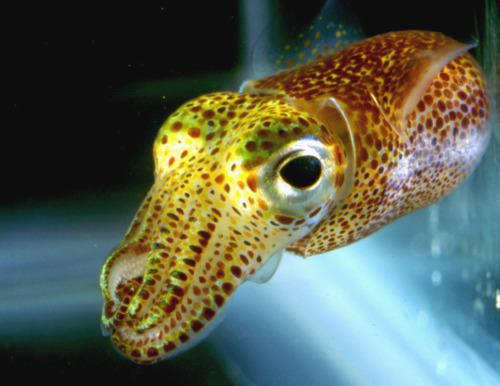 Hosts: Vincent Racaniello, Michael Schmidt, Dickson Despommier, Margaret McFall-Ngai, and Elio Schaechter
Hosts: Vincent Racaniello, Michael Schmidt, Dickson Despommier, Margaret McFall-Ngai, and Elio Schaechter
On episode #10 of the podcast This Week in Microbiology, Vincent, Margaret, Elio, Michael and Dickson discuss the symbiosis between the Hawaiian bobtail squid and the luminous, gram-negative bacterium Vibrio fischeri.
Download TWiM #10 (47 MB, .mp3, 68 minutes).
Subscribe to TWiM (free) on iTunes, via RSS feed, by email or listen on your mobile device with the Microbeworld app.
Links for this episode:
- V. fisheri factors that trigger squid tissue development (Science)
- Transcriptional patterns of the Vibrio-squid diel rythmn (PNAS)
- The Hawaiian bobtail squid (Microbeworld)
- Microbes pull strings in the human body (ScienceNews)
- Letters read on TWiM #10
Send your microbiology questions and comments to [email protected]





Leave a Reply